Hunting Knife - Hunter’s Symbol Since 17th Century
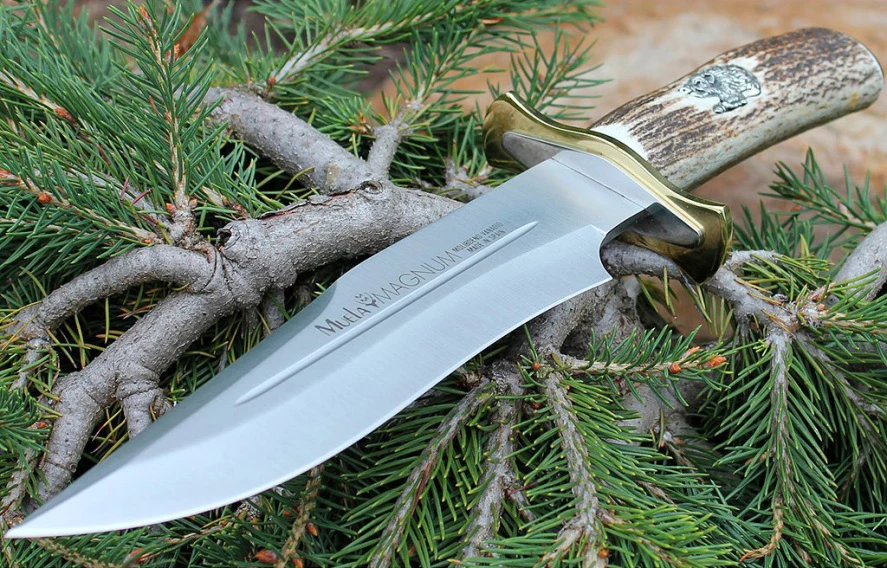
Contents
Palaeolithic Men Ate Meat Already
Early humans ate mostly seeds and plant-based diet, but evidence suggests that they already consumed meat.
And not exactly on a small-scale! Using clubs and various wedges, they hunted mammoths, reindeer, bisons and other large animals. They used other weapons for hunting in a group, for example wooden spears, bows, axes, slingshots and harpoons.They carved bones into weapons and used traps to catch animals.
The hunter-gatherer system persisted until the Mesolithic or Middle Stone Age After that, people started hunting smaller animals, and also started fishing.
Cave paintings developed hand in hand with hunting, and it served as a kind of hunting magic. Prehistoric people believed that if they painted a successful hunt, it was more likely to become a reality. If you want to see the most popular save paintings, have a look at Altamira cave in Spain or Lascaux and Les Trois Fréres caves in France.
In the Neolithic Era (earlier Stone Age), agriculture began to develop alongside hunting and gathering of raw materials.
Middle Ages - Hunting for Food as Well as For Fun
Hunting remained the most common way of obtaining food throughout the Middle Ages. Peasants also had to protect their crops and livestock from foxes, wolves and other animals (including hares) by hunting or catching them into traps.
However, hunting also became a popular pastime of the nobles, who create a system of rules for hunting and turned it into a game. Hawks and falcons were trained to help with hunting. The dogs located and flushed out deer, while the predators caught them.
Chasing down the prey was another popular form of hunting. A hunting group of men accompanied with dogs, sometimes on horses, chased the deer down, until the animal collapsed with exhaustion. Then they killed it with sword or spear. There was a feast before every hunt.
Types of Hunting Knives
Hunting knives are used for hunting and for preparing the game to be used as food. They come in different shapes and forms; each shape being designed for a slightly different purpose. If you want to buy a hunting knife, you can choose from a range of all-purpose hunting knives that work well for skinning and butchering meat.
Farmer's Falchion
Farmer’s falchion has been a symbol of hunters ever since the 17th century. Originally, it was used as a tool and a weapon by common people, because it was forbidden to use the sword at times. Later on, it was carried only by noblemen or professional hunters.
Both hunters and noblemen were allowed to start using this weapon
after three years of training and learning from experienced hunters. At the end of their training, they passed a ceremony similar to dubbing a knight. At the ceremony, the senior hunter “tapped” the new hunter on the shoulder with the flat side of the blade. After that, a hunting horn and farmer’s falchion were hung by his left hip. The hunter was then using the weapon for the rest of his hunting career. Gradually, the weapon became the
symbol for hunters.
Earlier forms of farmer’s falchions were longer, more curved and made out of single piece of steel. They were used to kill the animal by piercing its heart. Later forms of this weapon were shorter, with handles made of antler, ivory or tortoiseshell. Blades were richly decorated with engravings and sometimes even equipped with a short pistol.
Nicker Knife
Another type of hunting knife is Nicker knife. It was used for killing deer by a blow to the first cervical vertebra. Knife had to be sharp to kill the animal fast. It can also be used for gutting and skinning deer. However, skinner knives with wide and short blade are more suitable for skinning.
Finnish Knives
Nordic countries are home to another type of hunting knives: the famous
Finnish Knives, especially the
Puukko knives or
Leuku knives type used for cutting meat.
If you like Finnish knives, we recommend getting a knife with an undecorated blade - the engravings make cleaning of the blade difficult, so if you want a decorated blade, use it for decoration only. Also, make sure to go for a wooden handle. Metal handles get cold easily in wintertime. If you want to learn more about Finnish knives, you can read a separate
article that we have dedicated to this topic.
Tip: Are you fascinated by hunting knives? Why don’t you check out our throwing knives and daggers. Their shape and weight distribution make you hit the target accurately! Additionally, you can get a Swiss army knife, suitable for cutting a piece of wood in the forest, or opening a can.
Blade and Handle Materials Matter
Have you decided which type of hunting or combat knife you want to get? Before you make the purchase, go back to check what materials is your knife made of.
Stainless steel
Cheaper than carbon steel. Stainless-steel knives are strong and easy to sharpen. Since you will be using the stainless-steel hunting knife mostly outdoors, you need to make sure not to expose it to high humidity too often. Because even stainless steel can sometimes rust - do not neglect the maintenance and wipe the blade clean and dry whenever you can.
Carbon steel
Carbon steel is more expensive than stainless steel. You need to keep the blade dry and protect it from humidity, it would corrode fast. On the other hand, carbon steel blades are perfectly sharp and durable.
But that was the blade. The knife handle is also important. It should fit well in both hands and be strong enough. If you have the choice, choose a handle made of deer antler or durable wood.
Keep Knives Clean, Dry and Sharp
It is important to wipe the knife clean after use, and make sure the blade is dry. You can use soap on stainless steel, and baking soda on carbon steel blades. If those do not clean the stains, use vinegar. But you should never reach for aggressive cleaning agents.
After removing the stains, clean the blade dry with a tissue or soft fabric. Put the knife away to a safe place out of reach of children.
Knives need regular sharpening. Do not wait until the blade is blunt! Besides, sharpened knives are much safer. You should use higher whetstone grit to sharpen hunting knives. If you want, read our detailed instructions in this article. To test the sharpness of your knife, use the “paper cut test”. Draw the knife down through a sheet of paper. If the knife glides through the paper with minimal pushing, then your knife is sharp.
Every now and then you can rub a little oil into the blade and handle. Use linseed oil on wooden handles, mink oil on handles covered in leather. Plastic or rubber handles do not need to be treated with oil.

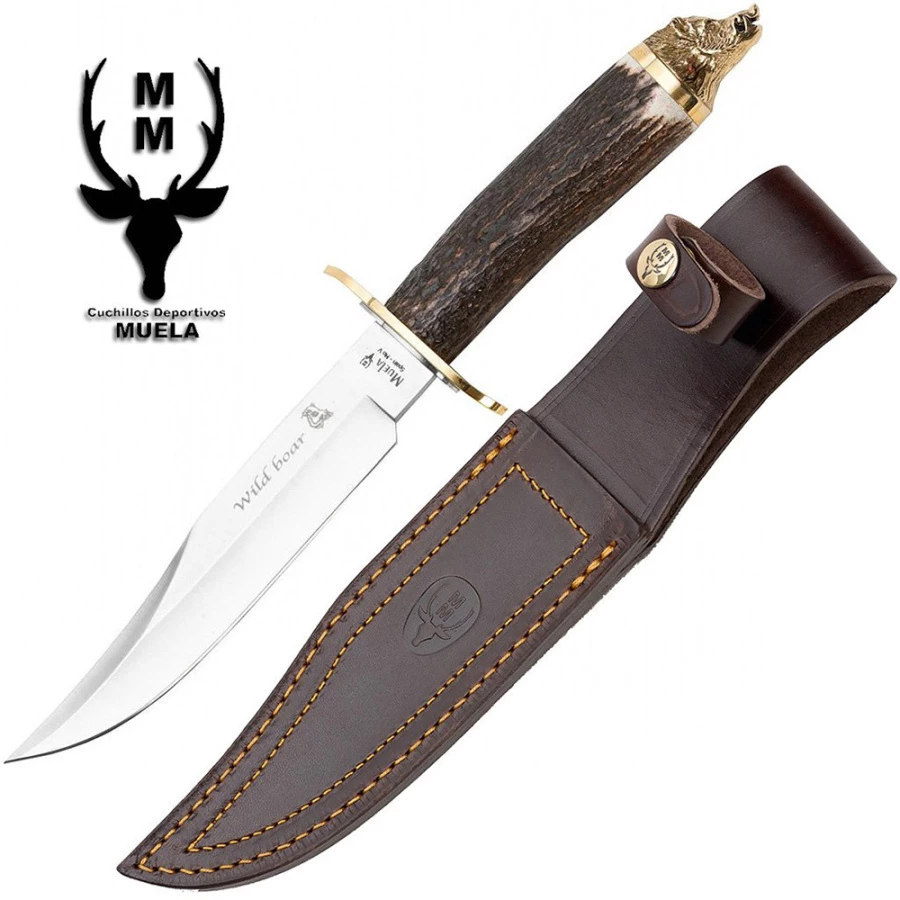
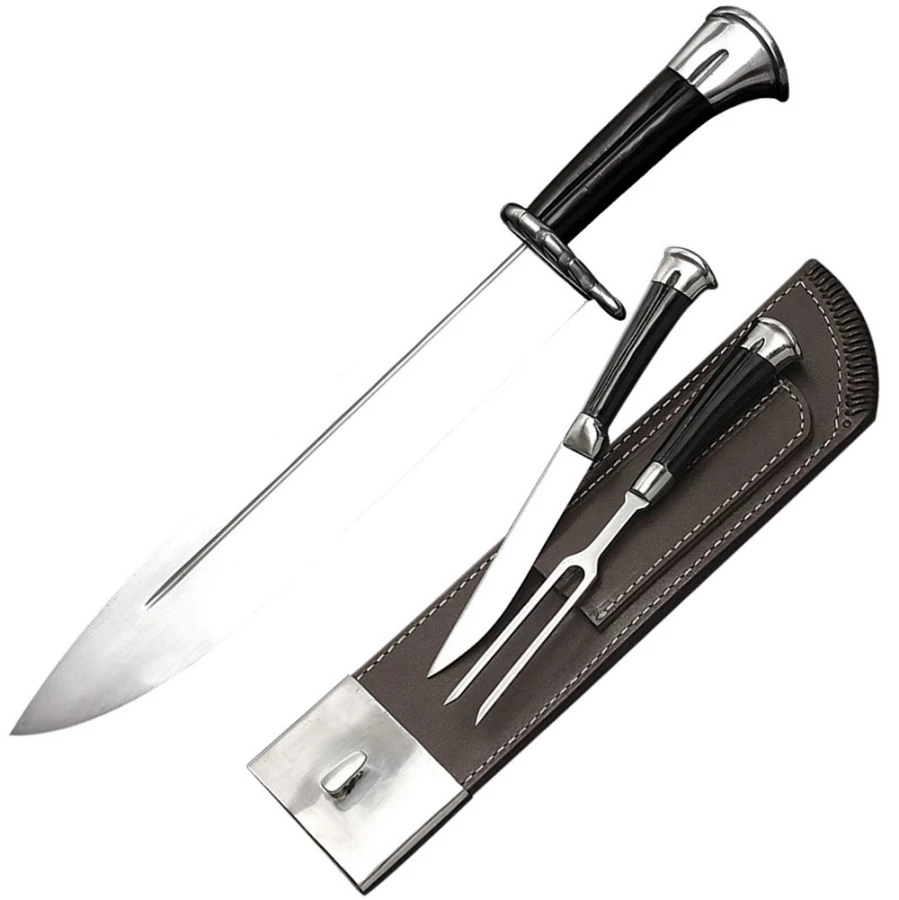
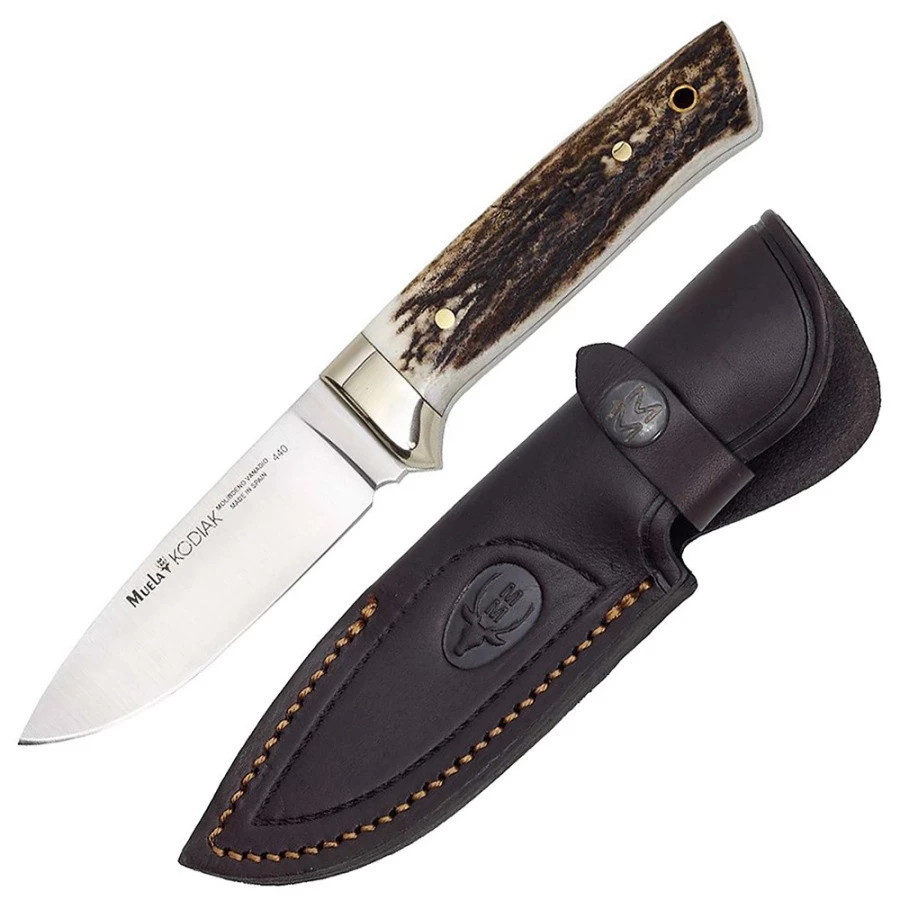
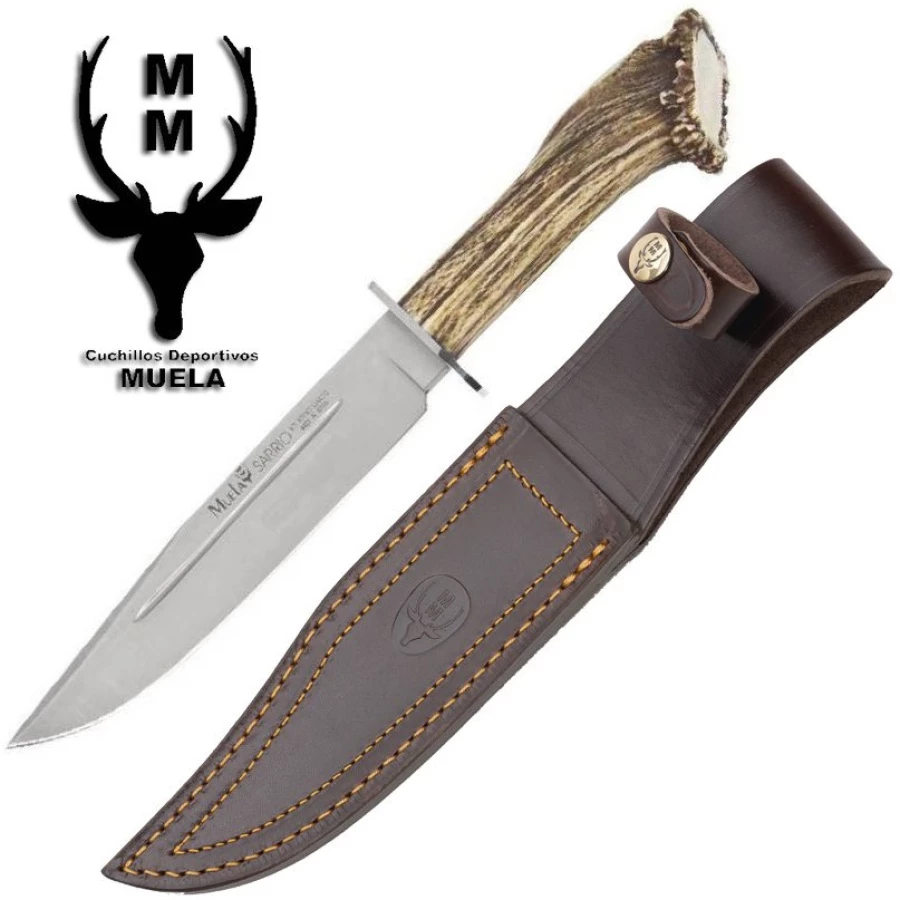
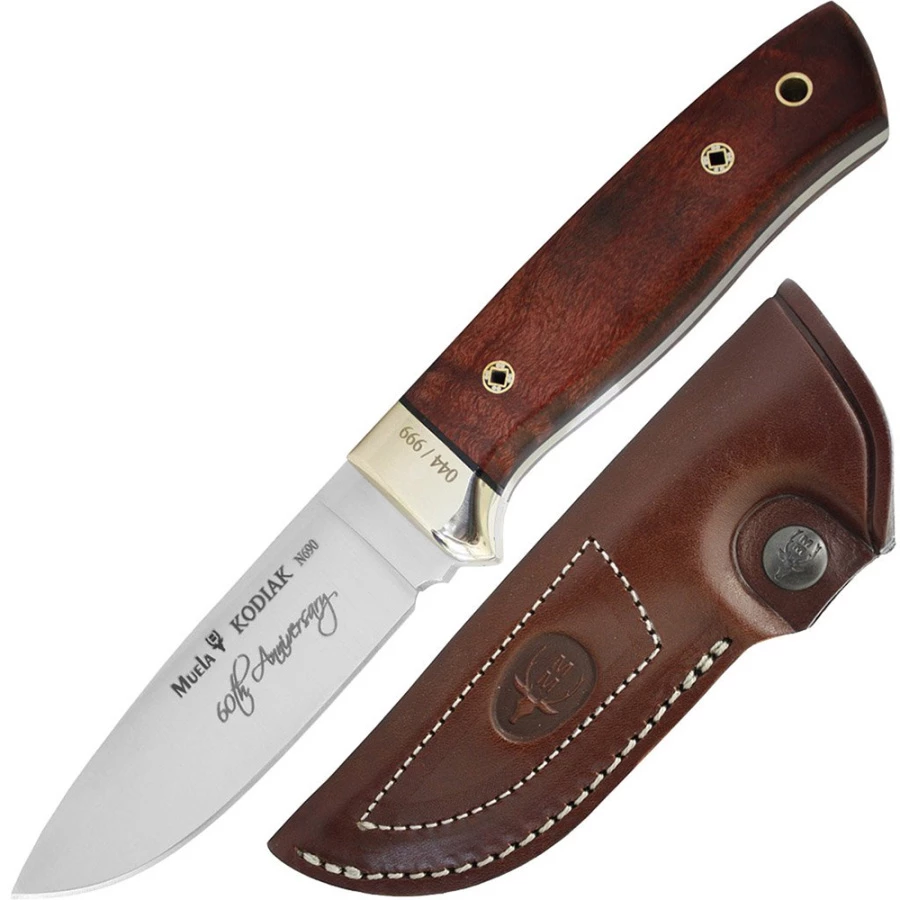
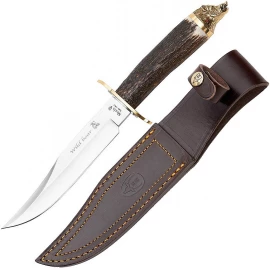
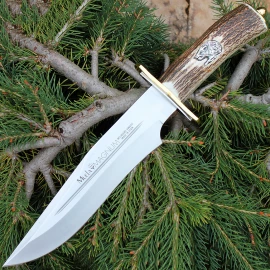
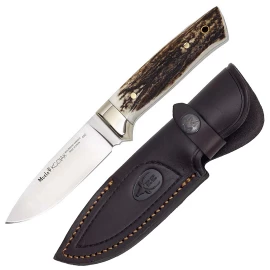
Comments